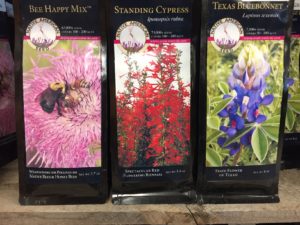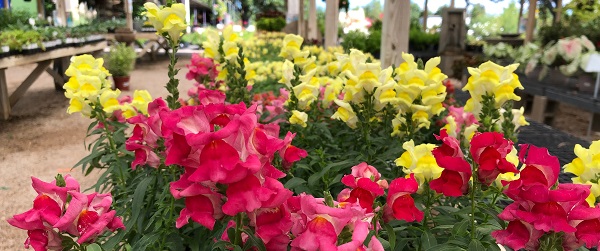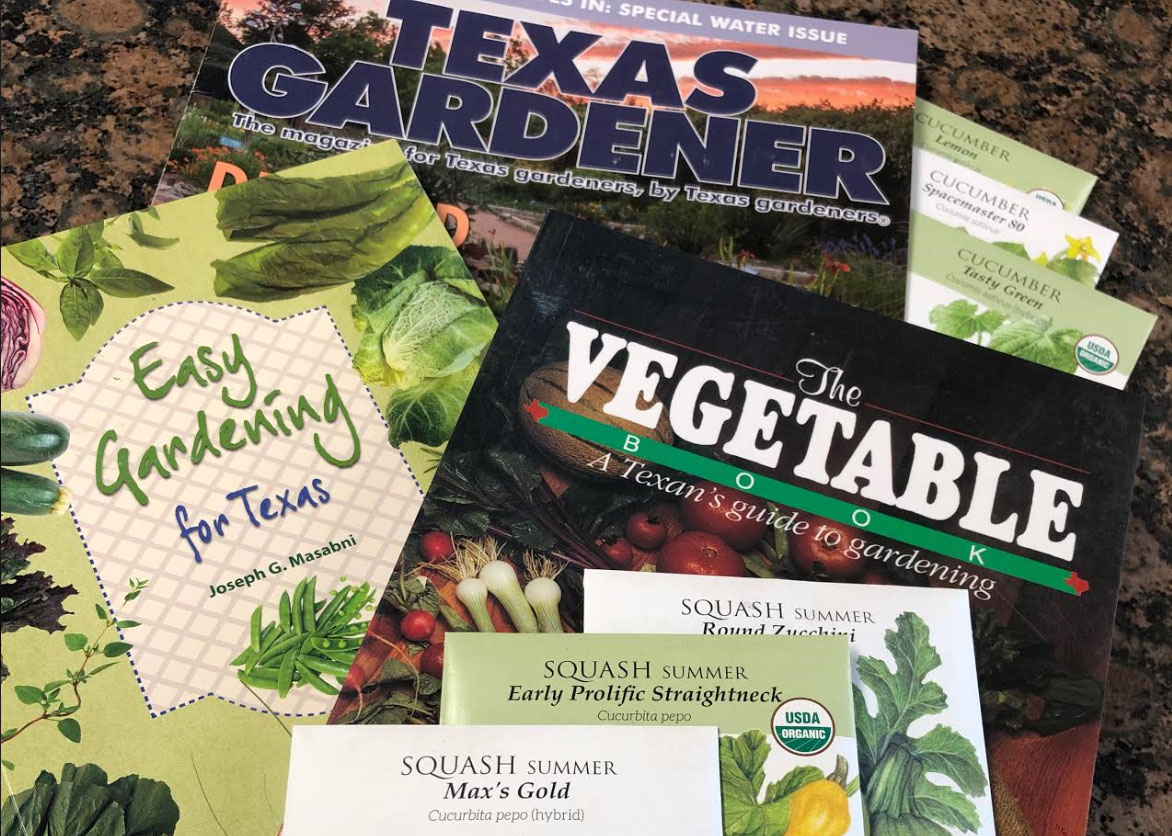Trees and shrubs: The best planting season for trees and shrubs is now through mid-March. Root systems will establish well in the winter months, requiring less frequent watering than in the spring and summer establishment period. When the heat hits in late spring, your plants will benefit from the “head start” on root establishment!

Mulch: Trees and shrubs will benefit from an additional layer of mulch to protect their roots in the winter and to conserve moisture. Pull the mulch away from trunks and stems, as the mulch will block gas exchange and hold moisture, resulting in damage to the vascular system under the bark.
Irrigation: Cooler weather means your soils will be holding moisture longer, and the moisture needs of the plants while dormant or not actively growing will be less. Adjust your irrigation to your lawns and shrubs to reflect these conditions. Once the lawn is dormant, an inch of water every two weeks is sufficient, if there has been no rain. Newly planted trees and shrubs will continue to require regular watering throughout the winter. Pay attention to the temperature and the amount of wind your plants receive to determine frequency of watering. Newer plantings will require more frequent attention to watering than more established plantings. Evergreen trees and shrubs will require more frequent watering than deciduous trees and shrubs, since their leaves still loose moisture that will need replacing.
Perennials: Herbaceous perennials, or those that die back to the ground with the first hard freeze, may be cut back after a freeze has “melted” them. These include Katie’s Ruellia, Russian Sage, and Mystic Spires Salvia.


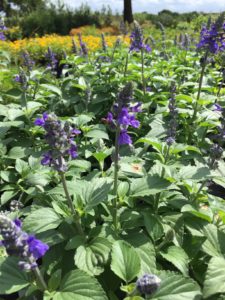
Evergreen perennials, such as Salvia greggii, should not be cut back until late February to early March. These can be sheared by 1/3 at that time, or, if they are old and woody, may be “rejuvenative” pruned (pruned to the ground) before new growth starts in the spring.
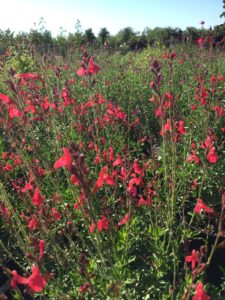
Lantanas and ornamental grasses are best left to be cut back in late February to early March as well, as the above-ground plant parts will provide some insulation to the root system if we have a severe winter. The ornamental grasses are actually quite pretty when they are dormant! Many times Lantana is cut back earlier to make room for winter annuals.
Vegetables: Plant seeds of spinach, lettuce, mustard, radish, leeks, carrots, rutabaga, parsnips, cilantro and garlic bulbs. Plant asparagus from root crowns and strawberries from plants.
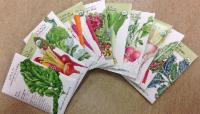
Herbs: All evergreen, winter-hardy herbs will benefit from being planted at this time. Like trees and shrubs, their root systems will grow all winter, and they require less effort on your part to get them established! Rosemary, Sage, Thyme and Winter Savory are examples.
Annuals: Pansies are a very winter-hardy annual, and will produce blooms all winter long. Plant snapdragons, violas, flowering cabbage and kale, dianthus, cyclamen, alyssum, lobelia, stock and diascia for beautiful winter blooms. (Note: some of these will need to be protected from hard freezes)

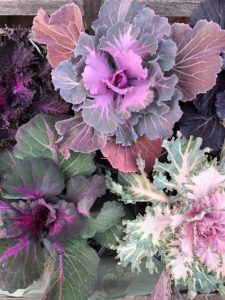
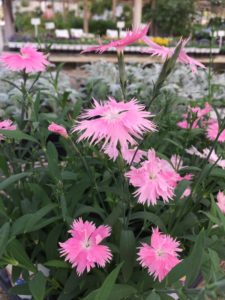
Fire Ants: Treat now, after our recent rains, as the ants are closer to the surface of the soil. We like a product called Extinguish Plus. It is a bait that contains a slow acting insecticide and an Insect Growth Regulator. This two-way action prevents rebound of the colony and insures a rapid demise of the colony as well. Fertilome Come and Get It is an organic bait containing Spinosad that is effective for Fire Ants as well.
Wildflower seeds: With the expectation of winter rains, planting your wildflower seeds now is bound to be a sure success. Most seeds will germinate this winter and shoot their flowers up in the spring!
